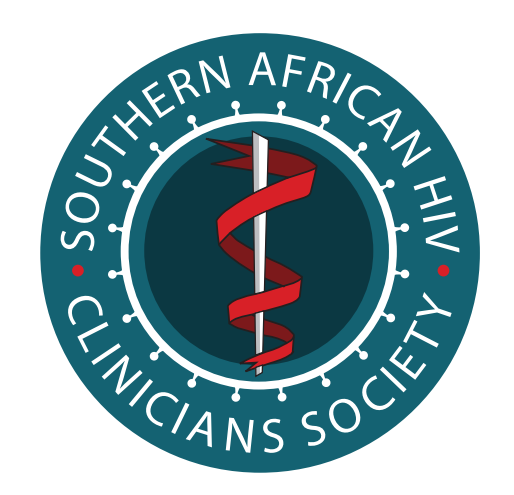Case Report
Gestational trophoblastic neoplasm and women living with HIV and/or AIDS
Submitted: 09 January 2015 | Published: 03 July 2015
About the author(s)
Pieter Barnardt, Department of Medical Imaging and Clinical Oncology, Division of Radiation Oncology, University of Stellenbosch, Tygerberg Campus, South AfricaMartha Relling, Department of Medical Imaging and Clinical Oncology, Division of Radiation Oncology, University of Stellenbosch, Tygerberg Campus, South Africa
Abstract
The 2011 World Health Organization global report on HIV and/or AIDS estimated that sub-Saharan Africa comprised 67% of the global HIV burden, with a current estimate of 5.9 million cases in South Africa. Since the introduction of antiretroviral therapy, there has been an increase in the incidence of non-AIDS-defining cancers. Gestational trophoblastic neoplasm (GTN) is a rare pregnancy-related disorder with an incidence ranging from 0.12–0.7/1000 pregnancies in Western nations. The overall cure rate is about 90%. Response to treatment for GTN is generally favourable; but the sequelae of HIV and/or AIDS, the resultant low CD4 counts, comorbidities, poor performance status and the extent of metastatic disease in patients receiving chemotherapy, compromise the prognosis and survival.
Keywords
Metrics
Total abstract views: 3788Total article views: 7278
Crossref Citations
1. People living with human immunodeficiency virus and gestational trophoblastic neoplasm
P. Barnardt
Best Practice & Research Clinical Obstetrics & Gynaecology vol: 74 first page: 149 year: 2021
doi: 10.1016/j.bpobgyn.2020.10.006
